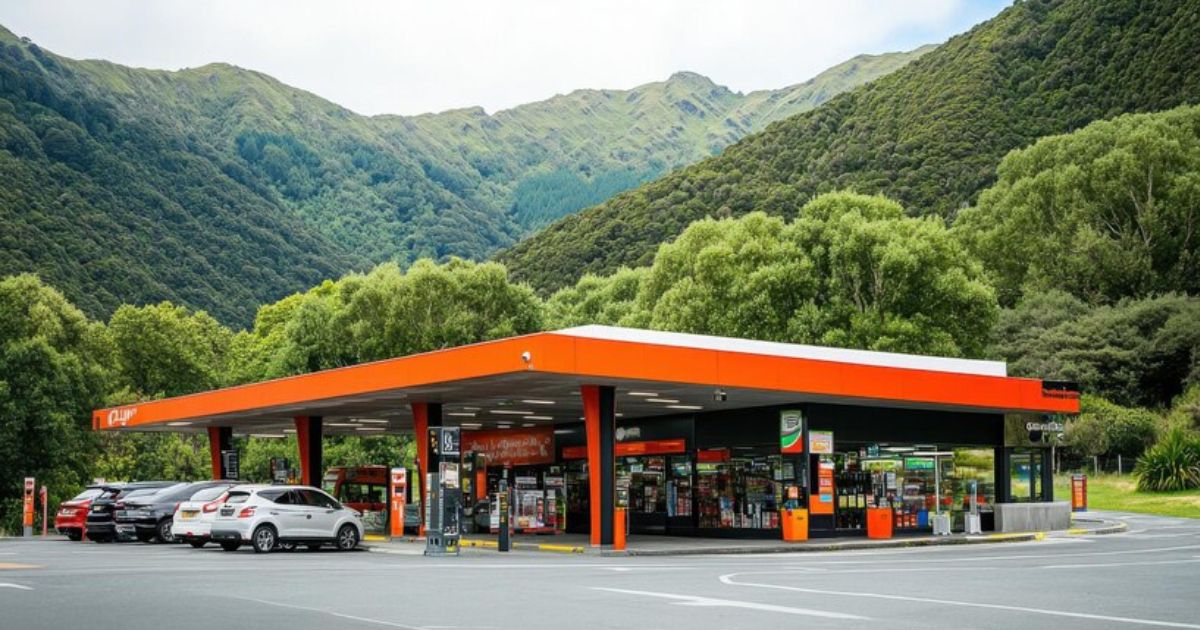A “gasolinera” is the Spanish term for a gas station or fuel station. It’s an essential part of modern life, ensuring that our vehicles stay fueled and ready for action. We rely on gasolineras every day, whether we’re heading to work, running errands, or going on road trips. But have you ever wondered how gas stations operate, what goes into their functioning, or how they impact the environment? Let’s dive into everything you need to know about gasolineras!
What is a Gasolinera?
A gasolinera is a facility where you can buy gasoline (or other types of fuel) to power your vehicle. But it’s not just about filling up your tank—it’s a hub for various services that make our daily travel more convenient. Whether it’s a simple self-service station or a full-service gas station where attendants pump your fuel, these establishments are crucial for keeping our vehicles running.
The Role of Gasolineras in Society
Gasolineras are more than just places to refuel. They play a vital role in modern society. For drivers, they offer easy access to fuel when needed. For businesses, they ensure that transport and logistics can function smoothly. From freight trucks to family cars, gasolineras keep everything on the move. Economically, gas stations also generate jobs, boost local economies, and keep trade flowing.
History of Gasolineras
Gas stations have been around for more than a century. The first gasolineras appeared in the early 1900s, as automobiles became more common. Back then, they were simple pumps at drugstores or pharmacies. Over time, these small, independent pumps evolved into large, full-service stations equipped with everything from car washes to convenience stores.
Types of Gasolineras
There are various types of gas stations catering to different needs:
Full-service stations: Here, attendants fill your tank and offer additional services like checking oil or washing your windshield.
Self-service stations: The most common type today, where drivers fill their own tanks.
24-hour stations: Open round the clock, these gasolineras are perfect for late-night or early-morning trips.
Specialty stations: These may offer alternative fuels like CNG, or even electric vehicle charging stations.
How Gasolineras Work
A gasolinera typically consists of several pumps, each connected to underground storage tanks filled with various fuels. When you pull up, you choose the pump, pay, and start refueling. But there’s more behind the scenes. Gasolineras are equipped with safety mechanisms like spill containment systems, emergency shutoff valves, and vapor recovery systems to prevent environmental contamination.
Gasolineras and Environmental Concerns
As the world grapples with climate change, gas stations are increasingly under pressure to adopt eco-friendly practices. Many are now transitioning to cleaner fuels, implementing recycling programs, and even offering electric vehicle charging stations. This shift towards sustainability is crucial as we strive to reduce carbon emissions from transportation.
Gasolineras in Different Countries
Gasolineras differ from country to country. In Europe, many stations are designed to cater to both cars and electric vehicles, while in the U.S., traditional gas stations dominate the landscape. In countries like Japan, innovation has led to the creation of fully automated gas stations, reducing human interaction. Gasolineras worldwide are adapting to their local needs and regulatory requirements.
Technological Advancements in Gasolineras
Smart gasolineras are on the rise, with technology making the refueling process quicker and more efficient. From automated payment systems to digital displays that show real-time fuel prices, technology is transforming the gas station experience. In the future, we may even see self-driving vehicles refueling at stations without any human involvement.
The Economic Impact of Gasolineras
Gasolineras aren’t just essential for individuals—they also have a profound impact on the economy. Gas station owners and operators contribute significantly to local economies by creating jobs in retail, management, maintenance, and more. Additionally, gasolineras fuel the logistics and transportation industries, which drive trade and commerce worldwide.
The Future of Gasolineras
As more people adopt electric vehicles (EVs), the future of gasolineras will inevitably change. While gasoline-powered cars are here to stay for some time, we’re already seeing a rise in EV charging stations at gas stations. Over time, these stations will likely become hubs for a variety of energy sources, ensuring that vehicles of all kinds can be powered up.
Challenges Faced by Gasolineras
Gasolineras face numerous challenges in today’s market. Fluctuating gas prices can affect profits, and environmental regulations are becoming stricter. Moreover, the rise of electric vehicles poses a threat to the traditional fuel business. Gas stations must adapt, offering more services and alternative fuels to stay relevant.
How to Choose a Gasolinera
Choosing the right gas station isn’t always about price—though that’s important! Consider factors like location, services offered, and customer loyalty programs. Many stations now offer discounts for members or rewards programs that save you money over time.
Safety Tips for Using Gasolineras
Refueling your vehicle is usually a safe task, but it’s essential to follow some basic precautions:
Never leave your car running while refueling.
Always avoid smoking or creating sparks near gas pumps.
In case of a fuel spill or emergency, know how to shut off the pump and alert station staff.
Conclusion
Gasolineras are much more than just places to fill up our cars—they are an integral part of our daily lives, keeping society and the economy running smoothly. As technology and environmental concerns continue to shape the future, gasolineras will evolve to meet new needs, offering cleaner and more efficient solutions. So, the next time you stop to refuel, remember that there’s a lot more to a gasolinera than meets the eye!
FAQs
What does “Gasolinera” mean?
“Gasolinera” is the Spanish term for a gas station or fuel station.
How do gas stations affect the economy?
Gasolineras contribute to the economy by creating jobs, supporting transportation, and enabling trade.
Can Gasolineras offer electric vehicle charging?
Yes, many gasolineras now offer EV charging stations as part of their services.
Are Gasolineras environmentally friendly?
Gasolineras are taking steps to become more eco-friendly by offering cleaner fuels and supporting electric vehicles.
How can I save money at a Gasolinera?
Look for gas stations with loyalty programs, discounts, and be mindful of local gas price trends.











